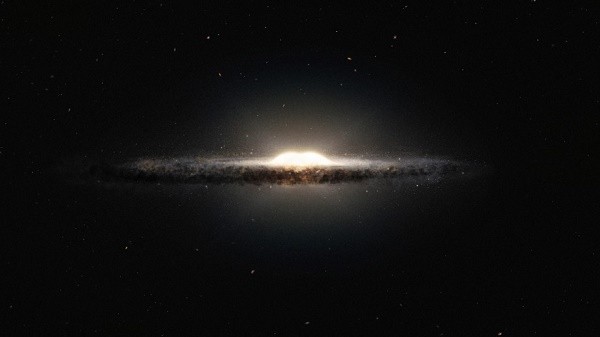Astronomers have detected the oldest known stars in the Milky Way galaxy and possibly in the universe, that are located near the center of the galaxy.
New findings reveal how these newly identified stars could be dated as far back as 13.6 billion years old, some 200 million years after the birth of the universe or the Big Bang event.
According to lead author of the study, Louise Howes from the Australian National University, these stars that have been detected in the center of the Milky Way apparently began forming just 2 million years after the very first stars began to shine through the universe.
She adds that these stars are the closest ones in the core of the galaxy and chances are, they have been located there since the dawn of time, almost spanning the entire age of the universe.
One of the oldest stars is a red giant known as SMSS J181609.62 -333218.7 that was found in the galactic bulge some 25,000 light years away. Astronomers believe that this star is originally an average orange dwarf that possesses 0.8 solar masses that makes it slightly smaller and cooler than the sun.
Apart from this, the stars also had low levels of carbon, iron and other heavier elements that suggest that the first stars did not explode as normal supernovae. Howes believes that they might ended their lives as hypernovae which are thought to be rapidly rotating stars that produce 10 times more energy than a normal supernova.
Howes says that these stars have been existing in the universe for eons that they hold clues in their atmospheres about the conditions of the infant universe, giving a clear idea what the universe was like when it was just forming.
She adds that this crucial discovery of the oldest stars in the Milky Way can provide important details about what elements were around that time in the early universe. This can also explain how the very first stars are made and more importantly, how they died, in order to give an idea about their size and time scales.
The oldest stars were detected by the Australian National University's skymapper telescope located at the Siding Spring Observatory that revealed the Milky Way's galactic bulge of ancient stars that possesses primordial chemical compositions.
Much of the theoretical models today about the Milky Way formation predict that the oldest stars or the ones that have been existing for the longest time, are expected to be lying close near the center of the galaxy as opposed to the outskirts, where they have been orbiting close to the center for billions of years, Howes explains.
This new study is published in the journal Nature.



























